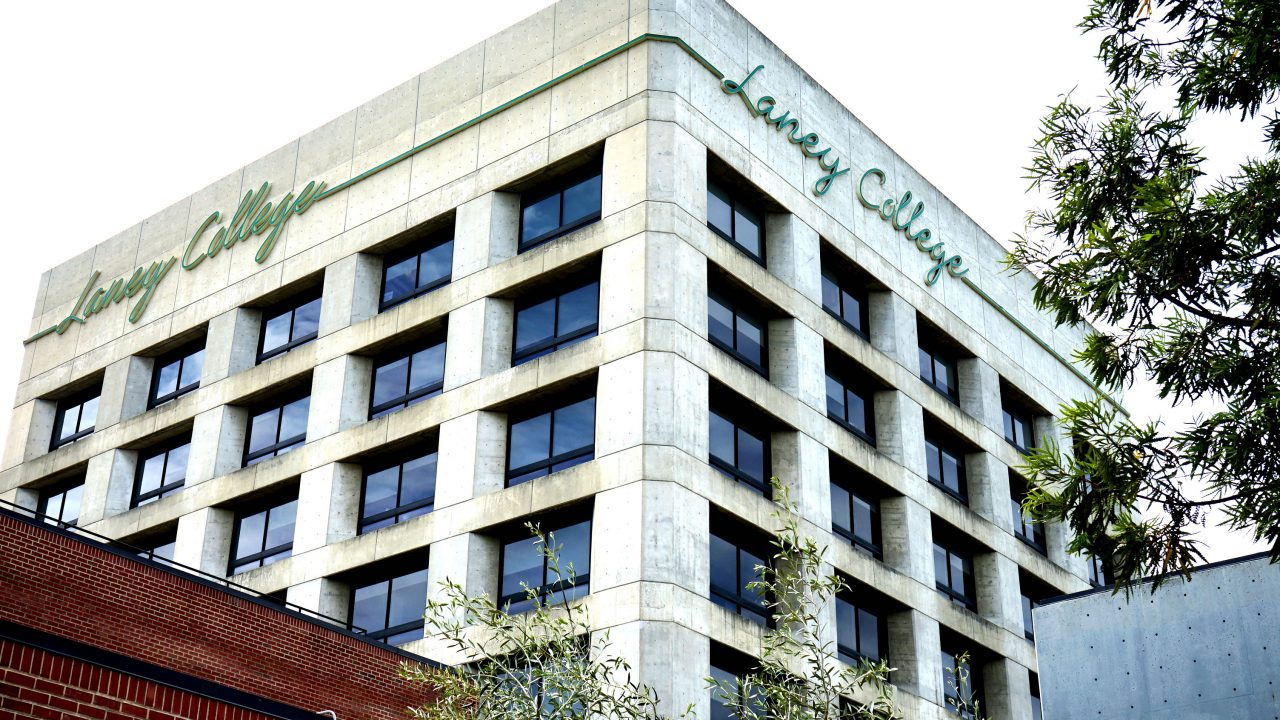Goal 1: Assist students in the achievement of their educational goals.
Objectives
1.1 Continue implementation and assessment of Student Success Team (GP, SOAR) efforts.
1.2 Implement strategic outreach and marketing plans.
1.3 Increase the rate of students completing Student Education Plans (SEP).
1.4 Increase FAFSA application rates.
1.5 Create a seamless application, enrollment, and onboarding process for new and returning students.
1.6 Design and deliver purposeful and seamless student support.
1.7 Align and simplify technology that is required to improve the student experience.
1.8 Develop a mentoring program for students.
1.9 Increase course completion rates.
1.10 Increase completion of career education programs and completion of 9 or more career education units.
1.11 Increase the number of students who earn degrees and certificates.
1.12 Increase student job placement in jobs that earn a living wage.
1.13. Increase the number of students who transfer to 4-year institutions.
Goal 2: Promote equity for disproportionately impacted students.
Objectives
2.1 Conduct extensive outreach to communities with high numbers of prospective, disproportionately impacted students.
2.2 Align the demographic makeup of students with that of the community.
2.3 Bring disaggregated student achievement data to the forefront of campus efforts to increase student success.
2.4 Increase the number of veterans, foster youth, undocumented students, and formerly incarcerated students and increase their educational achievement.
2.5 Improve the quality of the college experience for LGBTQIA+ students.
2.6 Develop and implement outreach strategies for targeted populations in the community.
2.7 Grow and maintain stronger relationships with community-based organizations.
Goal 3: Offer students a curriculum responsive to student needs and industry standards through ongoing institutional self-reflection and continuous improvement.
Objectives
3.1 Improve the capacity for the development and assessment of curriculum.
3.2 Support collaboration between industry and academic programs.
3.3 Offer a curriculum that is meaningful to industry and transfer partners.
3.4 Ensure students can articulate how skills they learned in class transfer to skills needed for employment.
3.5 Students will effectively express and exchange ideas through various modes of communication.
3.6 Students will be able to think critically and solve problems by identifying relevant information, evaluating alternatives, synthesizing findings, and implementing effective solutions.
3.7 Students will demonstrate technical skills in keeping with the demands of their field of study.
3.8 Students will be prepared to practice community engagement that addresses one or more of the following: environmental responsibility, social justice, and cultural diversity.
3.9 Students will develop their knowledge, skills, and abilities for personal and/or professional growth, health, and well-being.
Goal 4: Cultivate a culture of belonging and pride.
Objectives
4.1 Ensure all the facilities are clean, safe, functioning, welcoming, well-equipped, and attractive.
4.2 Restructure current professional development activities to provide regular and ongoing professional development for all employees.
4.3 Develop a mentoring program for employees.
4.4 Foster cultural humility and inclusion within programs and services.
4.5 Develop and provide a student first-year experience program to promote greater student engagement.
Goal 5: Promote institutional equity in operations, processes, and governance.
Objectives
5.1 Align the budget and resource allocation process with the College’s mission.
5.2 Ensure and promote diversity in hiring, committee participation, and professional development.
5.3 Define equity as a college, then apply the definition to College practices, including hiring and program review.
Goal 6: Promote a collaborative institutional culture of communication, governance, and decision-making.
Objectives
6.1 Increase understanding of and participation in the College’s governance and decision-making.
6.2 Implement assessment of governance and decision-making processes.
6.3 Improve collaboration between faculty and staff.
6.4 Consistently seek student input and respond to student input.



